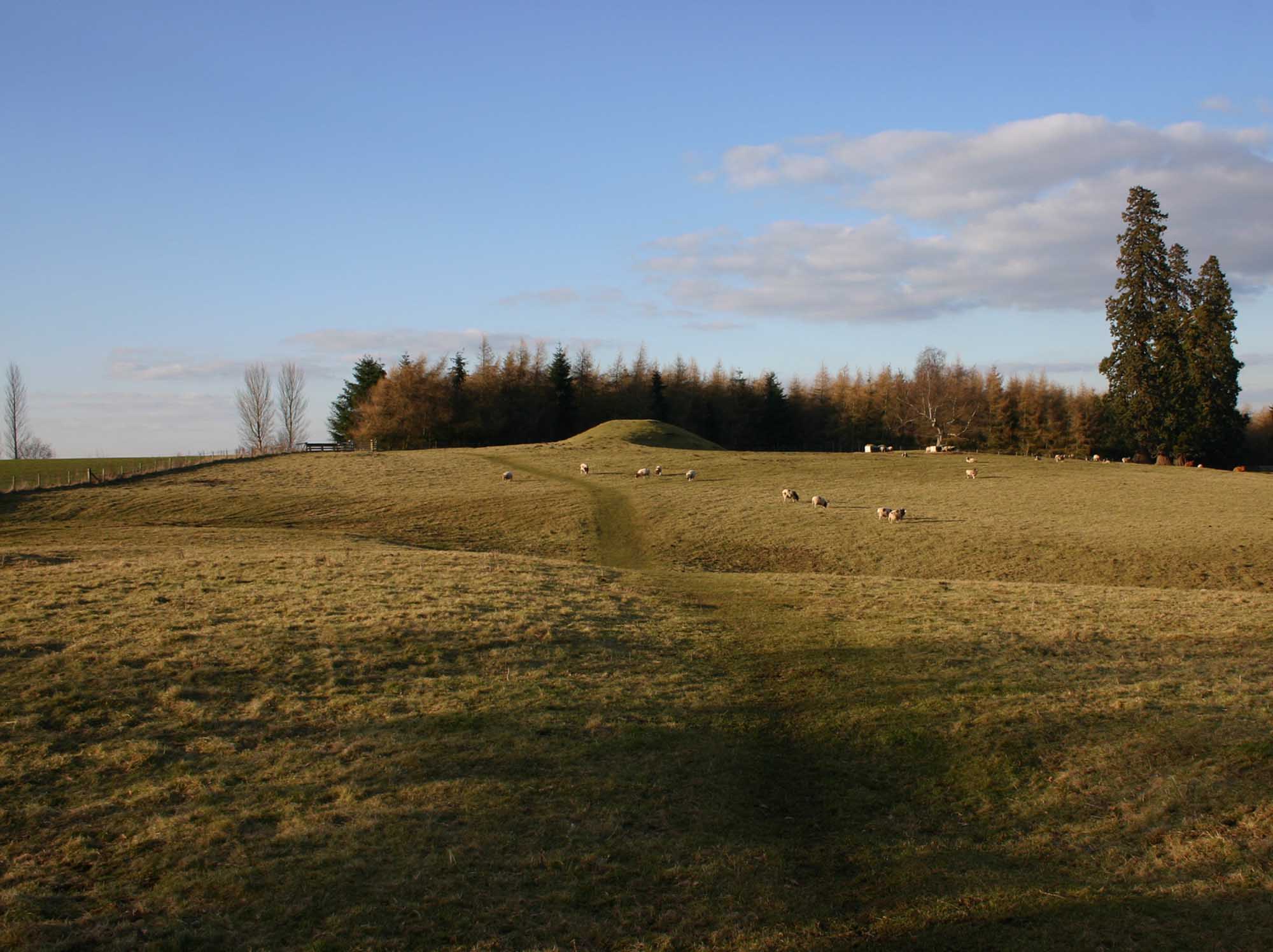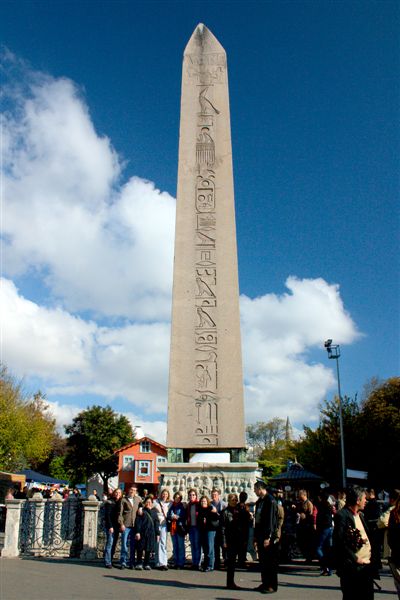|
Alscot Park
Alscot Park is a Georgian country house in Preston on Stour, some 3 miles (5 km) south of Stratford-upon-Avon in Warwickshire, England. It is Grade I listed and was built in a Rococo Gothic style for James West during the mid-18th century. The house is built of limestone ashlar to a T-shaped plan with a hipped slate roof, and it has a two-storey frontage of 7 bays. It stands in 4,000 acres of park and farmland, which is Grade II listed and bisected by the River Stour. Several other associated buildings, such as stables and entrance lodges, are also listed. A number of former features of the estate – such as the pleasure grounds, an obelisk and a Chinese pavilion – have since been lost. History In 1747, the manors were bought by James West, then-Secretary to the Chancellor of the Exchequer and the MP for St Albans. Pending his retirement from his final post as Secretary to the Treasury in 1762, he created the present house in two stages from an older house on the si ... [...More Info...] [...Related Items...] OR: [Wikipedia] [Google] [Baidu] |
Preston On Stour
Preston on Stour is a village and civil parish in Warwickshire, England. History It is situated some four kilometres south of the town of Stratford-upon-Avon. The population of the civil parish as at the United Kingdom Census 2011, 2011 census was 244. As its name suggests, the village stands on the River Stour, Warwickshire, River Stour, which flows northward, just east of the village centre. The A3400 main road parallels the river about one kilometre further east. To the east of the village lies the country estate of Alscot Park with its listed building, Grade I listed Georgian architecture, Georgian mansion house. Historically Preston was a part of the county of Gloucestershire but the parish was transferred to Warwickshire on 1 April 1931. The village church is dedicated to Saint Mary. The village formerly had a Junior school and Infant school but this was closed in 1974. Nearby The children's television show ''Teletubbies'' was filmed at Wimpstone, Warwickshire, Wimpstone, a ... [...More Info...] [...Related Items...] OR: [Wikipedia] [Google] [Baidu] |
Pleasure Ground
In English gardening history, the pleasure ground or pleasure garden was the parts of a large garden designed for the use of the owners, as opposed to the kitchen garden and the wider park. It normally included flower gardens, typically directly outside the house, and areas of lawn, used for playing games (bowling grounds were very common, later croquet lawns), and perhaps "groves" or a wilderness for walking around. Smaller gardens were often or usually entirely arranged as pleasure grounds, as they still are, and as are modern public parks. The concept survived a number of major shifts in the style of English gardens, from the Renaissance, through Baroque formal gardens, to the English landscape garden style. The pleasure grounds of English country house gardens have typically been remade a number of times, and awareness has recently returned that even the designs of the famous 18th-century landscapists such as Capability Brown originally included large areas of pleasure gard ... [...More Info...] [...Related Items...] OR: [Wikipedia] [Google] [Baidu] |
Royal Agricultural Society Of England
The Royal Agricultural Society of England (RASE) promotes the scientific development of English agriculture. It was established in 1838 with the motto "Practice with Science" and was known as the English Agricultural Society until it received its Royal Charter and present name from Victoria of the United Kingdom, Queen Victoria in 1840. The organization's purpose was to support agricultural research, education and practice, connecting scientists and farmers. The first Royal Agricultural Show was held in 1839. The Royal became an important yearly event in Victorian life. Towns competed to host the week-long national agricultural show, which was held in a different location each year. It was widely reported about by both agricultural and general newspapers. From 1969 until 2009, the Royal Show was held at Stoneleigh Park, near Kenilworth, in Warwickshire. From 1840 to 2002 the organization published the ''Journal of the Royal Agricultural Society of England''. The society pre ... [...More Info...] [...Related Items...] OR: [Wikipedia] [Google] [Baidu] |
St Albans (UK Parliament Constituency)
St Albans is a Constituencies of the Parliament of the United Kingdom, constituency in Hertfordshire represented in the House of Commons of the United Kingdom, House of Commons of the UK Parliament since 2019 United Kingdom general election, 2019 by Daisy Cooper, a Liberal Democrats (UK), Liberal Democrat. This article also describes the eponymous parliamentary borough (1554–1852), consisting only of the city of St Albans, which elected two Member of Parliament (United Kingdom), Members of Parliament (MPs) by the Plurality-at-large voting, bloc vote system. Constituency profile Electoral Calculus characterises the seat's electorate as "Kind Yuppies", with right-wing economic views but more liberal social attitudes. Incomes and house prices in this seat are well above UK averages. The seat voted decisively to Brexit, remain in the European Union in 2016, with an estimated Remain vote of 62% compared to 48% nationally. History Up to 1852 The Parliamentary Borough of St ... [...More Info...] [...Related Items...] OR: [Wikipedia] [Google] [Baidu] |
Neale(1818) P2
Neale may refer to: * Neale (surname) * Neale, County Mayo * Neale (electric car) See also * Neil Neil is a masculine name of Irish origin. The name is an anglicisation of the Irish ''Niall'' which is of disputed derivation. The Irish name may be derived from words meaning "cloud", "passionate", "victory", "honour" or "champion".. As a surname ..., containing Neale as a given name {{disambig ... [...More Info...] [...Related Items...] OR: [Wikipedia] [Google] [Baidu] |
Alscot Park, Preston On Stour-geograph-2736742-by-Colin-Park
Alscot is a hamlet in Buckinghamshire, England. It is in Princes Risborough Princes Risborough () is a market town and civil parish in Buckinghamshire, England; it is located about south of Aylesbury and northwest of High Wycombe. It lies at the foot of the Chiltern Hills, at the north end of a gap or pass through ... parish, on the A4129 between Princes Risborough and Longwick. Hamlets in Buckinghamshire Wycombe District {{Buckinghamshire-geo-stub ... [...More Info...] [...Related Items...] OR: [Wikipedia] [Google] [Baidu] |
Chinese Pavilion
A Chinese pavilion ( Chinese 亭, pinyin ''tíng'') is a garden pavilion in traditional Chinese architecture. While often found within temples, pavilions are not exclusively religious structures. Many Chinese parks and gardens feature pavilions to provide shade and a place to rest. History Pavilions are known to have been built as early as the Zhou dynasty (1046–256 BCE), although no examples of that period remain today. The first use of the Chinese character for pavilion dates to the Spring and Autumn period (722–481 BCE) and the Warring States period (403–221 BCE). During the Han dynasty (202 BCE–220 CE) they were used as watchtowers and local government buildings. These multi-story constructions had at least one floor without surrounding walls to allow observation of the surroundings. During the Sui (581–618) and Tang (618–907) dynasties wealthy officials and scholars incorporated pavilions into their personal gardens. During this perio ... [...More Info...] [...Related Items...] OR: [Wikipedia] [Google] [Baidu] |
Obelisk
An obelisk (; , diminutive of (') ' spit, nail, pointed pillar') is a tall, slender, tapered monument with four sides and a pyramidal or pyramidion top. Originally constructed by Ancient Egyptians and called ''tekhenu'', the Greeks used the Greek term to describe them, and this word passed into Latin and ultimately English. Though William Thomas used the term correctly in his ''Historie of Italie'' of 1549, by the late sixteenth century (after reduced contact with Italy following the excommunication of Queen Elizabeth), Shakespeare failed to distinguish between pyramids and obelisks in his plays and sonnets. Ancient obelisks are monolithic and consist of a single stone; most modern obelisks are made of several stones. Ancient obelisks Egyptian Obelisks were prominent in the architecture of the ancient Egyptians, and played a vital role in their religion placing them in pairs at the entrance of the temples. The word "obelisk" as used in English today is of Greek rathe ... [...More Info...] [...Related Items...] OR: [Wikipedia] [Google] [Baidu] |
River Stour, Warwickshire
The River Stour rises in the county of Oxfordshire and largely flows through Warwickshire in England. It is a tributary of the Avon, which it joins just south west of Stratford-upon-Avon. It gives its name to the town of Shipston-on-Stour. The source of the River Stour is a spring near Highways Farm, just south of Swalcliffe. Some to the west, it crosses the Oxfordshire/Warwickshire border near Traitor's Ford. The first settlement that the river flows through is the village of Stourton. The River Stour then turns to the north and passes through the town of Shipston-on-Stour. The A3400 road roughly follows the course of the river to Stratford-upon-Avon, through the villages of Tredington Halford, Alderminster, Newbold-on-Stour, Atherstone-on-Stour and Clifford Chambers. See also *Rivers of the United Kingdom For details of rivers of the United Kingdom, see * List of rivers of England * List of rivers of Scotland * List of rivers of Wales * Northern Ireland ... [...More Info...] [...Related Items...] OR: [Wikipedia] [Google] [Baidu] |
Warwickshire
Warwickshire (; abbreviated Warks) is a Ceremonial counties of England, ceremonial county in the West Midlands (region), West Midlands of England. It is bordered by Staffordshire and Leicestershire to the north, Northamptonshire to the east, Oxfordshire and Gloucestershire to the south, and Worcestershire and the West Midlands (county), West Midlands county to the west. The largest settlement is Nuneaton and the county town is Warwick. The county is largely rural; it has an area of and a population of 571,010. After Nuneaton (88,813), the largest settlements are Rugby, Warwickshire, Rugby (78,125), Leamington Spa (50,923), Warwick (36,665), Bedworth (31,090) and Stratford-upon-Avon (30,495). For Local government in England, local government purposes, Warwickshire is a non-metropolitan county with five districts. The county Historic counties of England, historically included the city of Coventry and the area to its west, including Royal Town of Sutton Coldfield, Sutton Coldfield ... [...More Info...] [...Related Items...] OR: [Wikipedia] [Google] [Baidu] |
Ashlar
Ashlar () is a cut and dressed rock (geology), stone, worked using a chisel to achieve a specific form, typically rectangular in shape. The term can also refer to a structure built from such stones. Ashlar is the finest stone masonry unit, and is generally rectangular (cuboid). It was described by Vitruvius as ''opus isodomum'' or trapezoidal. Precisely cut "on all faces adjacent to those of other stones", ashlar is capable of requiring only very thin joints between blocks, and the visible face of the stone may be Quarry-faced stone, quarry-faced or feature a variety of treatments: tooled, smoothly polished or rendered with another material for decorative effect. One such decorative treatment consists of small grooves achieved by the application of a metal comb. Generally used only on softer stone ashlar, this decoration is known as "mason's drag". Ashlar is in contrast to rubble masonry, which employs irregularly shaped stones, sometimes minimally worked or selected for simi ... [...More Info...] [...Related Items...] OR: [Wikipedia] [Google] [Baidu] |


